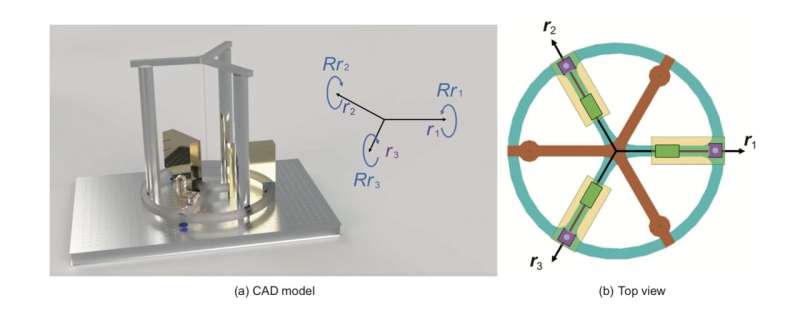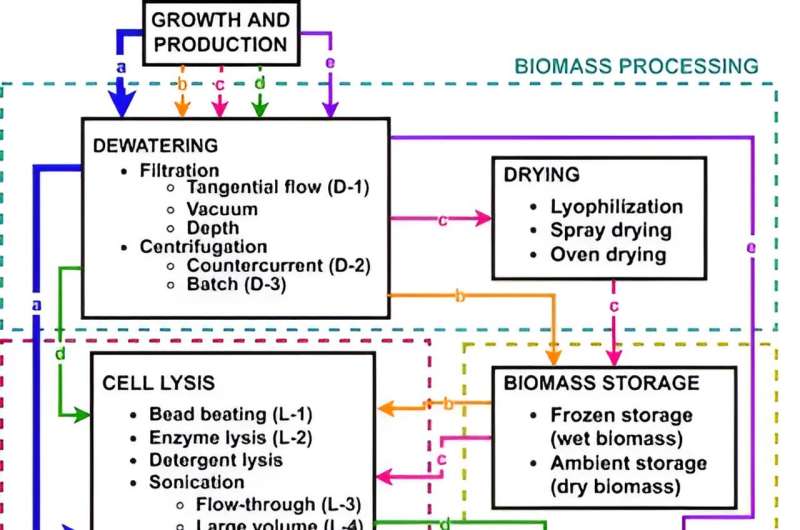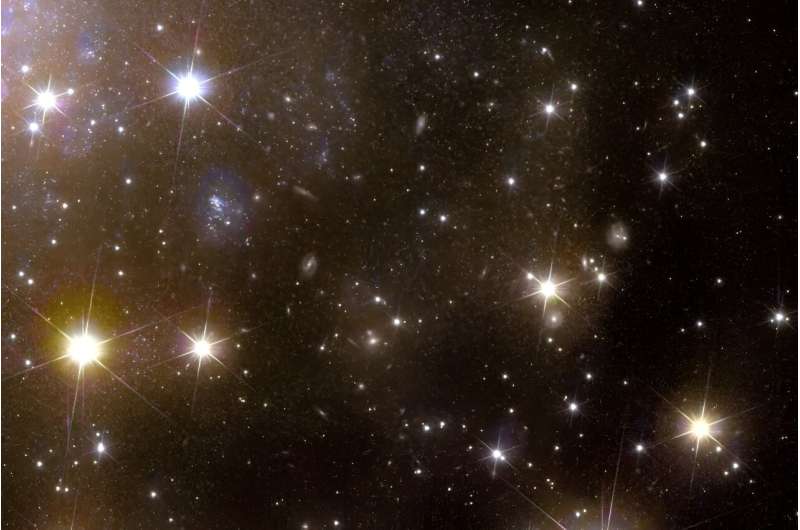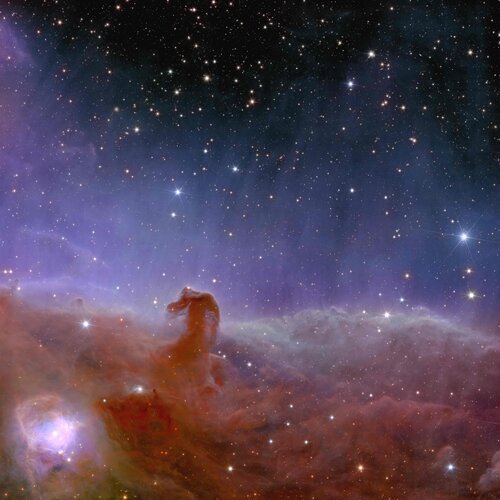
Copernical Team
Starlink mission brings SpaceX's orbital launch count to 80 missions so far in 2023
 Five minutes after midnight, a SpaceX Falcon 9 rocket soared into carrying 23 more Starlink V2 Mini satellites at 12:05 a.m. EST (0505 UTC) from Florida's Cape Canaveral Space Force Station Space Launch Complex 40 (SLC-40) on SpaceX's 80th launch of the year.
With upgraded phased array antennas, SpaceX's new Starlink V2 Mini satellite platform can communicate four times as much data as pre
Five minutes after midnight, a SpaceX Falcon 9 rocket soared into carrying 23 more Starlink V2 Mini satellites at 12:05 a.m. EST (0505 UTC) from Florida's Cape Canaveral Space Force Station Space Launch Complex 40 (SLC-40) on SpaceX's 80th launch of the year.
With upgraded phased array antennas, SpaceX's new Starlink V2 Mini satellite platform can communicate four times as much data as pre Detecting gravitational waves with an interferometric seismometer array on the lunar near side

Designing a space bioprocessing system to produce recombinant proteins

Glimpses of the 'galactic zoo': The five new Euclid images

The first images from Europe's Euclid space telescope released Tuesday range from a well-known nebula to never-before-seen galaxies 10 billion light years away, illustrating its wide-lens view of the universe.
Here are the five images—described by Euclid scientist Jean-Charles Cuillandre as "a range of objects from the galactic zoo in terms of diversity, colors and shapes"—starting with the closest to Earth and moving out into the cosmos.
Horsehead Nebula
A giant red horse seems to rear its head against a background of swirling stars, some still being formed in a stellar nursery.
The Horsehead Nebula—also known as Barnard 33—is 1,375 light years away.
The horse's head is in fact dark clouds in front of ultraviolet radiation coming from Sigma Orionis, which is the eastern star on the belt of the Orion constellation.
Euclid’s view of globular cluster NGC 6397

This sparkly image shows Euclid’s view on a globular cluster called NGC 6397. Globular clusters are collections of hundreds of thousands of stars held together by gravity.
Euclid’s view of irregular galaxy NGC 6822

Euclid’s view of the Horsehead Nebula

Euclid shows us a spectacularly panoramic and detailed view of the Horsehead Nebula, also known as Barnard 33 and part of the constellation Orion.
Euclid’s view of the Perseus cluster of galaxies

This incredible snapshot from Euclid is a revolution for astronomy. The image shows 1000 galaxies belonging to the Perseus Cluster, and more than 100 000 additional galaxies further away in the background, each containing up to hundreds of billions of stars.
Euclid’s view of spiral galaxy IC 342

Over its lifetime, our dark Universe detective will image billions of galaxies, revealing the hidden influence that dark matter and dark energy have on them.
Space Summit 2023 Press Conference
 Video:
00:45:00
Video:
00:45:00
Government ministers representing ESA’s Member States, Associate States and Cooperating States met for a Council meeting on 6 November 2023 during the Space Summit in Seville, Spain. They resolved together to strengthen Europe’s space ambitions to better serve European citizens. At the same time, ESA will open a new era of modernising the implementation of its programmes, responding to growing commercialisation and privatisation of space activities, in particular in the fields of space transportation and space exploration. The opening of the meeting was followed by an introduction by ESA Director General and statements by Member, Associate and

